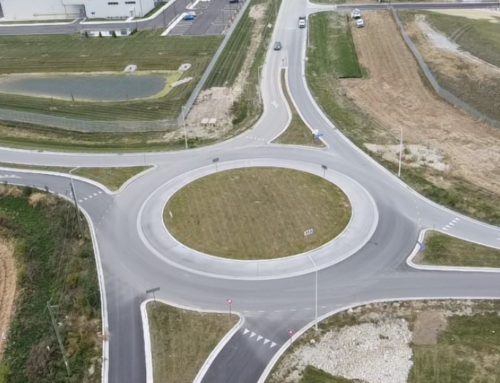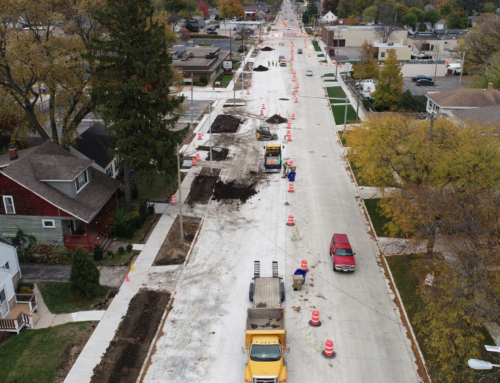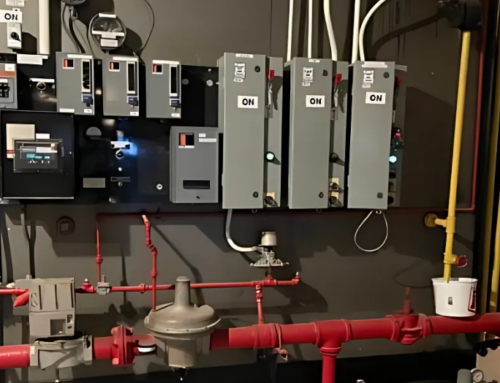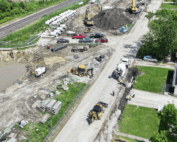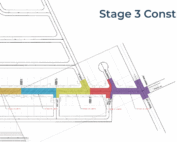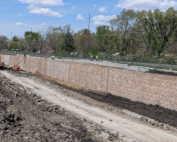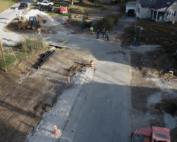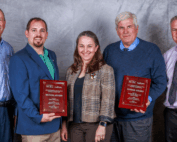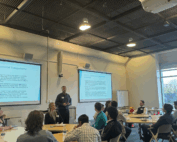Client: City of Mattoon
The City of Mattoon’s wastewater treatment plant plays a critical role in protecting the environment by discharging treated water into Kickapoo Creek, a tributary of the Embarras River. Designed to handle an average of 5.3 million gallons per day (MGD) and a peak of 14.0 MGD, the plant typically sees around 2.5 MGD during dry weather conditions.
When the city received its latest environmental permit on March 1, 2020, it came with new requirements—especially concerning the reduction of phosphorus and nitrogen in the plant’s discharge. These nutrients, if not properly removed, can harm local waterways and ecosystems.
Identifying the Challenges
In addition to the new regulations, city officials were already aware that much of the plant’s infrastructure was aging and nearing the end of its service life. To address both the permit requirements and the infrastructure issues, the city partnered with Clark Dietz to help guide the planning process.
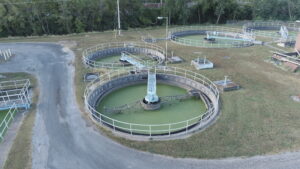
The team began by conducting a full assessment of the current facility. This helped determine whether it would be more effective—and cost-efficient—to upgrade existing systems or build new ones.
Planning for the Future
The main goal was to create a smart, long-term plan for improving the plant that:
-
Complied with new environmental standards,
-
Addressed critical aging infrastructure,
-
And kept costs manageable over time.
To do this, Clark Dietz carried out several key tasks:
-
Facility Condition Assessment: A thorough review of the plant’s equipment and systems helped identify what needed repair, replacement, or could be reused.
-
Water Quality and Design Criteria: The team studied how the plant currently treats water and used that information to set design goals for future upgrades.
-
Computer Modeling: Using a water quality simulation tool (called the Biowin model), engineers tested different scenarios to predict how changes would affect performance.
-
Process Analysis: Each treatment step was evaluated to ensure it could meet new phosphorus and nitrogen limits.
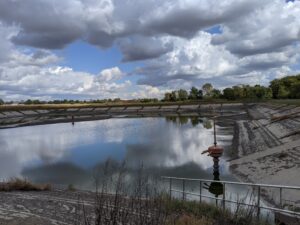 In addition, Clark Dietz reviewed how the plant handles excess water during storms and how it processes and stores biosolids (the solid byproducts of wastewater treatment).
In addition, Clark Dietz reviewed how the plant handles excess water during storms and how it processes and stores biosolids (the solid byproducts of wastewater treatment).
A Long-Term Roadmap
All findings and recommendations were organized into a 15-year Capital Improvement Plan—a step-by-step guide that outlines how and when upgrades should happen to stay within budget and maintain service reliability.
This plan gives the City of Mattoon a clear direction for improving its wastewater treatment system—protecting both public health and the local environment for years to come.







